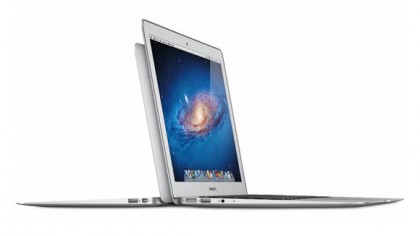Steve Jobs' greatest hits
Walking down memory lane
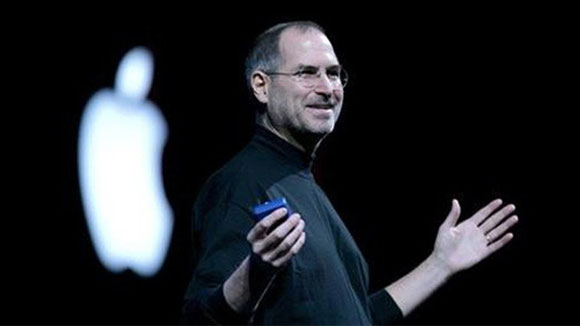
iPod
Released in October 2001, the iPod was the first Apple portable MP3 player that Steve Jobs introduced to the world.
Announced at the retail price of US$399, it featured a 5GB or 10GB hard drive, 10 hours of battery life, and a unique mechanical scroll wheel which later evolved into a touch wheel.
6 years later came the iPod Touch - the first iPod to feature a touchscreen capable of multi-touch gestures.
The success of iPods was instrumental in paving the way for the rest of Apple's recent hits; without them, we mightn't have had the iPhone or iPad.
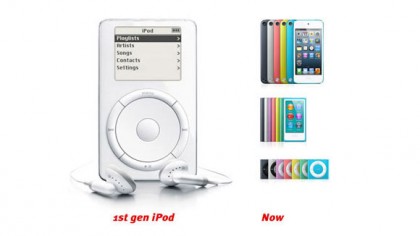
iPhone
Steve Jobs introduced the first Apple iPhone in January 2007 to great anticipation.
Along with built-in iPod functionality, the first generation of iPhone featured a 3.5-inch touchscreen display, 2-megapixel camera and an accelerometer for tilt-controls.
It wasn't until the iPhone 3G, released in mid-2008, that Apple launched the App Store however, which greatly enhanced the iPhone's capabilities by letting it run a multitude of apps downloadable from the App Store.
Get daily insight, inspiration and deals in your inbox
Sign up for breaking news, reviews, opinion, top tech deals, and more.
The availability of a variety of apps, particularly game apps, suddenly made an iPhone fun to have; and in some ways, propelled it to success.
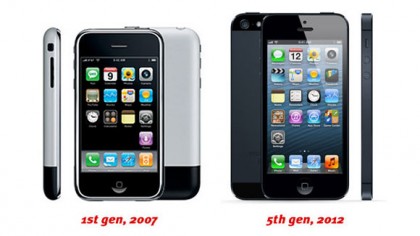
App Store
The App Store clocked over 10 million downloads within the first week of its launch in July 2008.
At the time, it only had 500 apps. The App Store then grew to over 3,000 apps within 2 months of its launch and downloads increased tenfold to 100 million downloads worldwide.
Within 9 months, it reached one billion downloads with 35,000 apps available.
It hasn't slowed down either and as at May this year, it had 850,000 apps in total and topped 50 billion downloads. A number of famous apps and games we know today, like the highly-addictive Angry Birds, became incredibly successful thanks to the iOS platform.
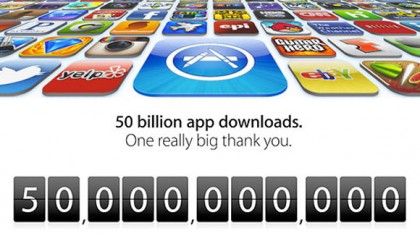
iPad
Initially, the iPad was a strange concept to some people. Launched in January 2010, it was marketed as a new revolutionary computing device, but by using Apple's mobile-optimised iOS it wasn't strictly a full-functioning computer.
It also had a relatively expensive price tag of US$499 (AU $629) for a 16GB model. In spite of that, it became yet another success story.
In less than 3 months after the launch, 2 million iPads were sold. No other tablet device has managed to get as much widespread success as the iPad.
It's seeing use in schools for housing digital textbooks, in businesses as a sales tool and it's even been used as a communication tool with apes.
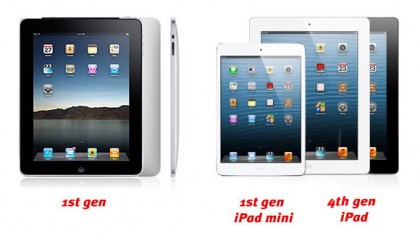
MacBook Air
Unveiled as the world's thinnest notebook, the MacBook Air wowed the crowd when Steve Jobs launched in January 2008.
It featured a 13-inch screen, a large trackpad with multi-touch gesture support, a 5-hour battery life and was only 0.3cm at its thinnest point.
It had a premium price tag of US$1,799 (AU$2,499) at the time. Now, you can get one from AU$1,099, with a battery life of up to an amazing 9 to 12 hours.
It's still a beautifully designed laptop. So much so, other computer manufacturers have tried to mimic its look, such as the HP Envy x2.
